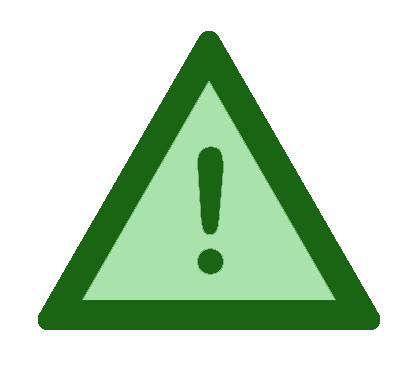部
Components
Click a word's green box for more details.
Click a name's box for more details. Showing most common matches only.
SEE ALL »
おいたて Oitate (surname)
(click the name to view details)
Click a kanji's blue box for more details.
SEE ALL »
Click an example's DETAILS link for grammar and inflection information. Click a word to view details for that word.
Showing first 5 examples.
Results include examples of words that could be read in the same way as ついたち.
SEE ALL »
Google Japan ⇗
+英語 Google Japan ⇗
+読み方 Google Japan ⇗
+語源 Google Japan ⇗
Wiktionary ⇗
Wikipedia Japan ⇗
Kanshudo is your AI Japanese tutor, and your constant companion on the road to mastery of the Japanese language.
To get started learning Japanese, just follow the study recommendations on your Dashboard.
You can use Quick search (accessible using the icon at the top of every page) to look up any Japanese word, kanji or grammar point, as well as to find anything on Kanshudo quickly.
For an overview, take the tour.
